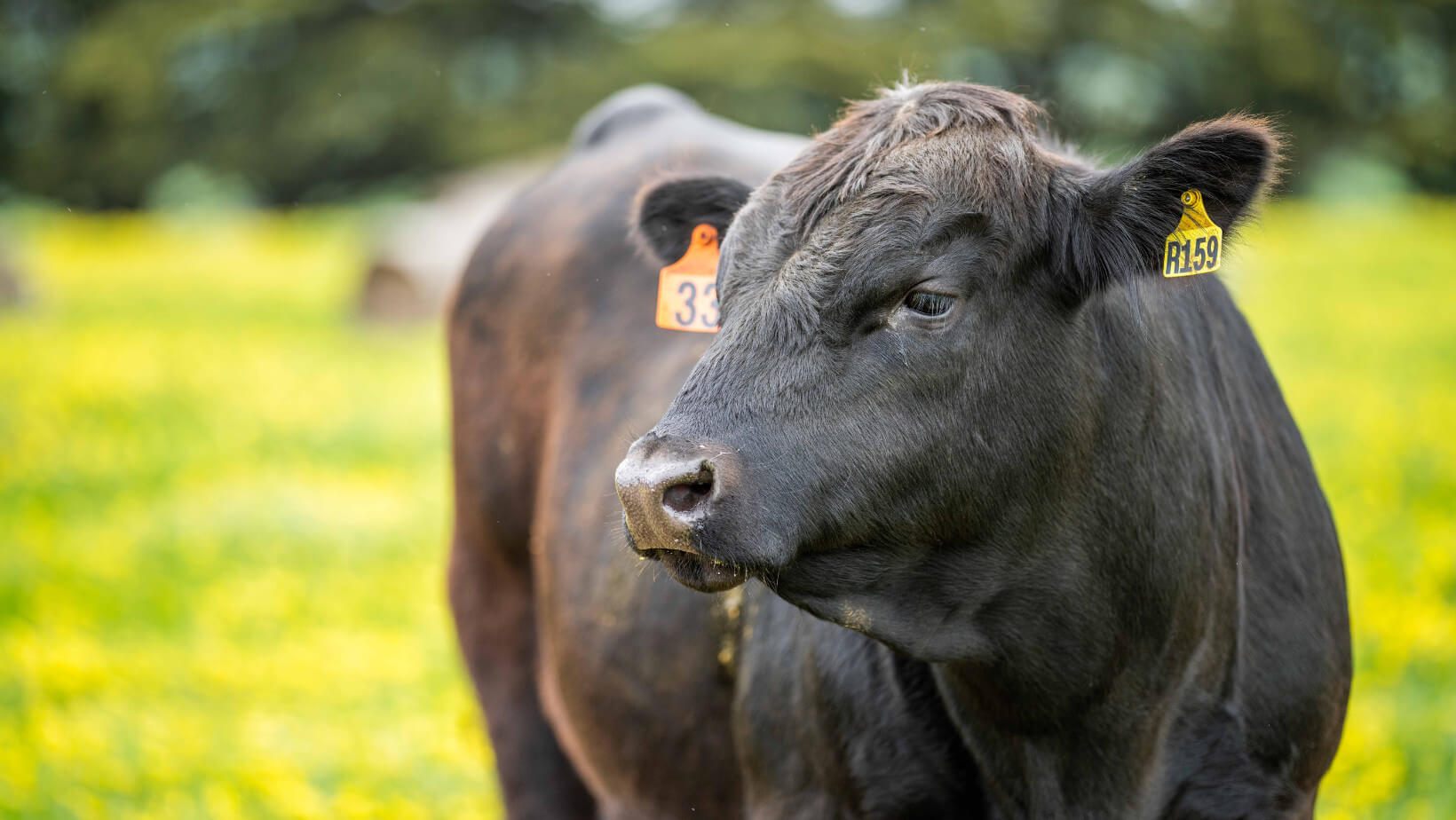
From Branding to Electronic Tags: How Livestock Identification Has Evolved
0 comments

Over the years, the need for livestock identification arose as a means of keeping track of animals, as well as marking ownership. Many identification methods have evolved. Learn about some of the earliest methods as well as the most recent advancements.
Branding has been achieved by many means, but the earliest use was to heat up an iron with the livestock owner’s “mark” and apply it to the animal. Branding livestock can be traced back as far as ancient Egyptian times. Some ranches still use this method to this day.
Another method of branding with an iron is freeze branding, in which an iron has been chilled with dry ice, nitrogen, or another coolant before being applied to the animal. Rather than leaving a scar, freeze branding damages the hair cells responsible for pigment, which turns the animal’s hair color white.
Some livestock are earmarked with pliers. Ear marking is strategically cutting an animal’s ear in specific places to signify information, such as who the owner is or how old the animal is. This method has been around since the 16th century and is still a method used for pigs, cattle, and sheep.
The earliest ear tag was developed for King George III in 1799. Since then, a few different types have been used, such as:
Some of the above are joined through the ear, while others are clipped over it.
Ear tags can contain an RFID (radio frequency identification) chip. Containing electronically stored information, the chips are usually passive and only transmit the data when within the range of a reader. This data is then sent to the database, where the information can be easily accessed.
From tattoos to microchips to collars and anklets, there are many other forms of identification options used. It will be interesting to see what the future has in store for livestock identification.